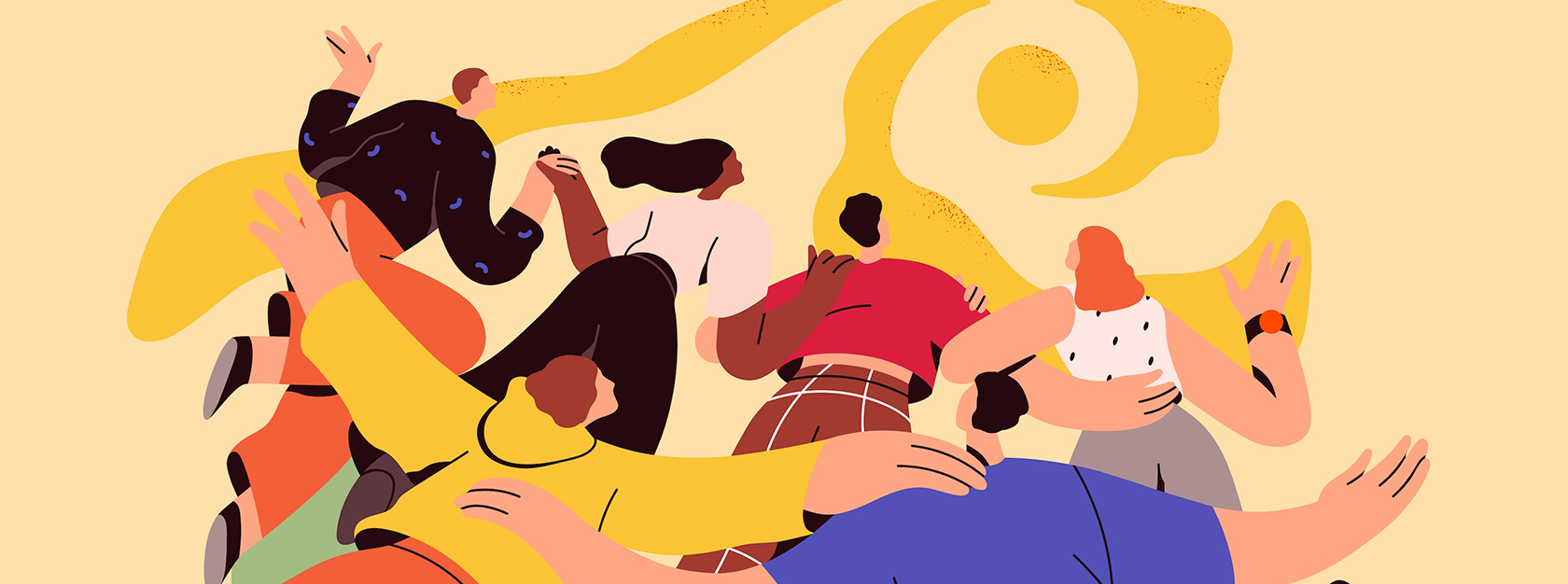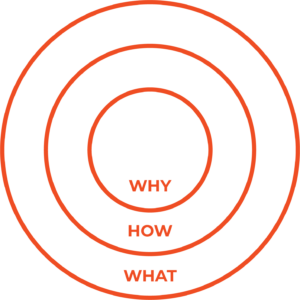
Length
3 min read
As a product design leader, I’ve seen firsthand the transformative power of a strong team culture. When product designers feel valued, supported, and empowered, their creativity flourishes. This leads to innovative products and better outcomes for customers.
A productive team culture doesn’t create itself. Fostering such a culture requires ongoing effort and a commitment to the well-being of your team and an understanding of what motivates and drives them.
Recognising the warning signs in your team.
A productive design team shows a balance of creativity, collaboration, and productivity. However, there are certain warning signs that can indicate underlying issues that may require your attention.
- Decreased motivation and engagement: A lack of enthusiasm and reduced motivation can jeopardise the quality and timeliness of working getting done.
- High turnover: It takes time to build trust and collaboration within a team. A revolving door of designers can impact team cohesiveness and knowledge sharing, affecting overall productivity.
- Communication breakdown: Miscommunication, silos, and a lack of transparency can lead to frustration, resentment, and a decline in team morale and productivity.
- Lack of ownership: Micromanagement and opaque decisions from leadership can alienate team members from the product, leading to missed deadlines and cutting corners.
Recognising and addressing these warning signs requires careful observation, open communication, and a willingness to make changes. Create a safe place for team members to voice their concerns, address any underlying issues, and implement changes that foster a more positive and productive work environment.
The Golden Circle: A framework for understanding and empowering your team.
Simon Sinek, author, and motivational speaker popularised the concept of the Golden Circle, a framework for understanding human behaviour and effectively communicating messages.
The Golden Circle consists of three concentric circles: the ‘why’, the ‘how’, and the ‘what’.

The Golden Circle framework, by Simon Sinek.
- The ‘why’ is the core purpose, the reason for being. It’s the team’s driving force, the shared passion that fuels their work.
- The ‘how’ encompasses the values, principles, and processes that guide the team’s actions. It’s the way they achieve their goals, the approach that sets them apart.
- The ‘what’ is the tangible product or service they create. It’s the manifestation of their ‘why’ and ‘how’, the solution they offer to the world.
Applying the Golden Circle framework to product design teams can be transformative. When team members are aligned with the ‘why’, they find deeper meaning and purpose in their work. They understand how their individual contributions connect to the team’s broader mission, fostering a sense of ownership and engagement.
Cultivating a culture of ‘why’.
Creating a culture of ‘why’ within a product design team requires a conscious and consistent effort from leadership.
Here are some key strategies I have used in the past that you might find helpful:
- Articulate the team’s ‘why’: Clearly define the team’s purpose, the impact they aim to make on users and the world. Help them understand how their work contributes to your organisations overall mission and vision.
- Encourage open communication: Design is a team sport. Foster a culture where team members feel comfortable sharing their ideas, concerns, and feedback. Create regular opportunities for open dialogue, design critiques, brainstorming sessions, and feedback loops. For more tips I encourage you to check out Kim Scott’s book Radical Candor.
- Celebrate successes: Recognise and celebrate team achievements, big and small. Acknowledge their contributions and the positive impact they have on the product and the organisation.
- Provide continuous learning opportunities: Invest in your teams ongoing learning and development. Empower them to set their own learning goals and follow-up regularly. Encourage them to attend workshops, conferences, local meetups, and online courses to stay up to date with industry trends and hone their skills.
- Promote a healthy work-life balance: There is life outside of work. A balanced lifestyle leads to happier, more productive designers. Discourage excessive overtime and promote a culture of taking breaks, utilising leave, and prioritising personal well-being.
- Embrace experimentation: Encourage a culture of experimentation and risk-taking. Supply resources and support for designers to explore new ideas, test concepts, and learn from both successes and failures.
Building a productive product design team is not just about acquiring talent and assigning tasks; it’s about cultivating a culture of purpose, collaboration, and innovation. By harnessing the power of ‘why’ and creating a work environment that aligns with the team’s shared passion, you can empower your designers to create products that not only meet user needs but also leave a lasting impact on the world.
